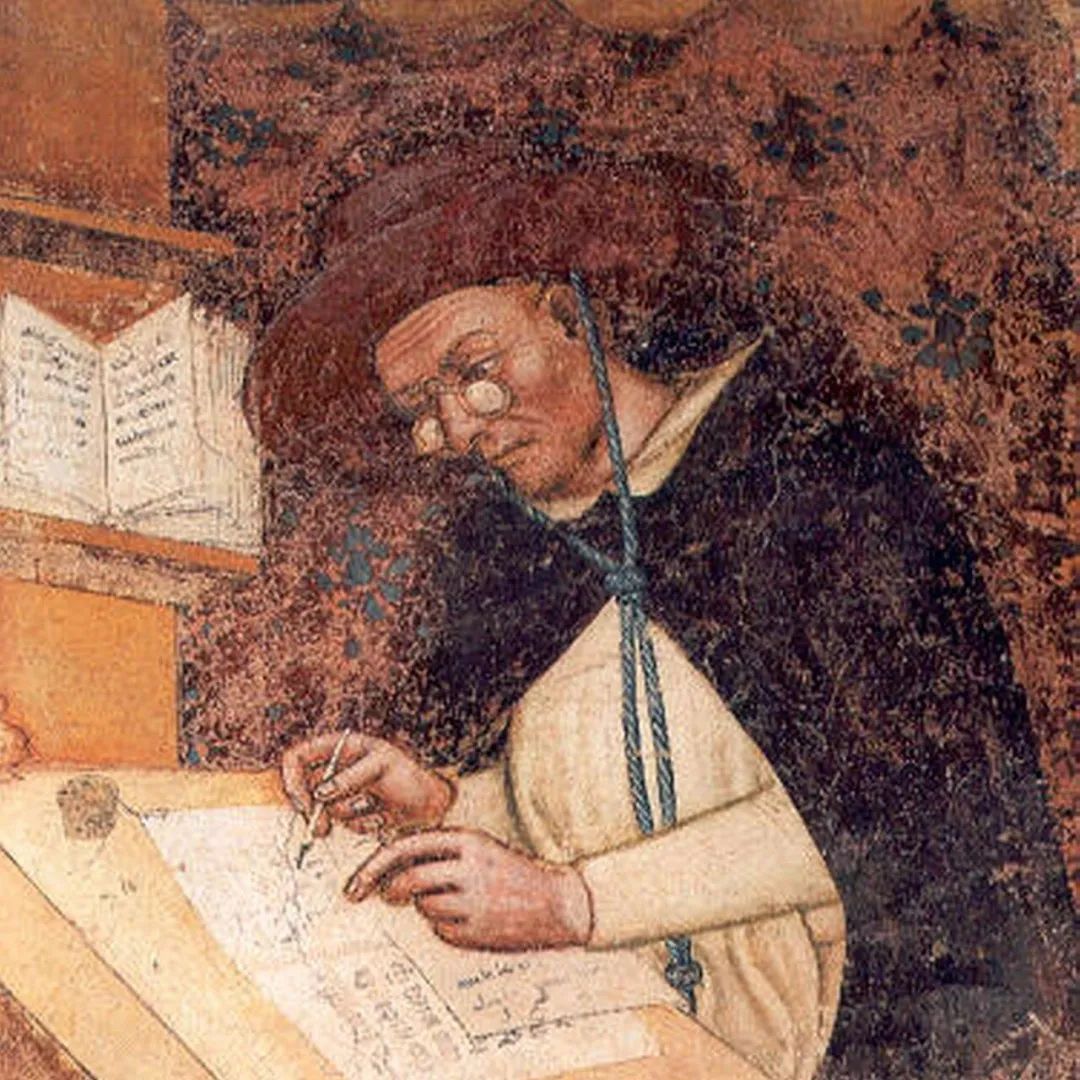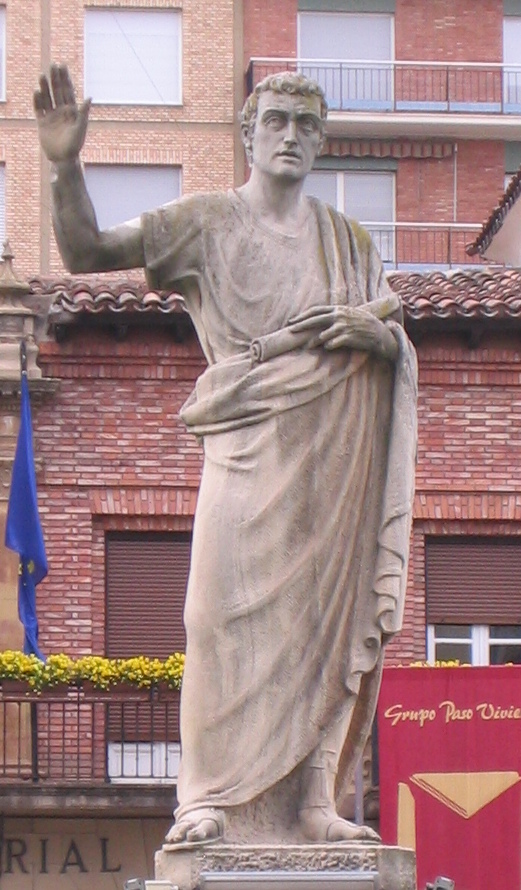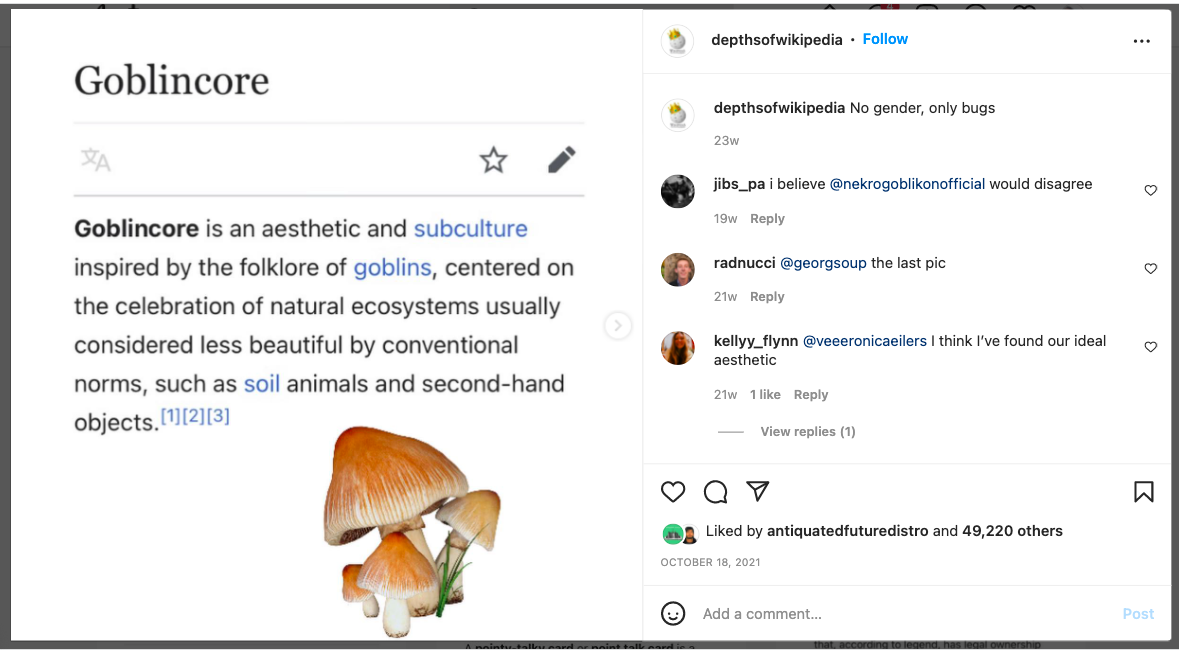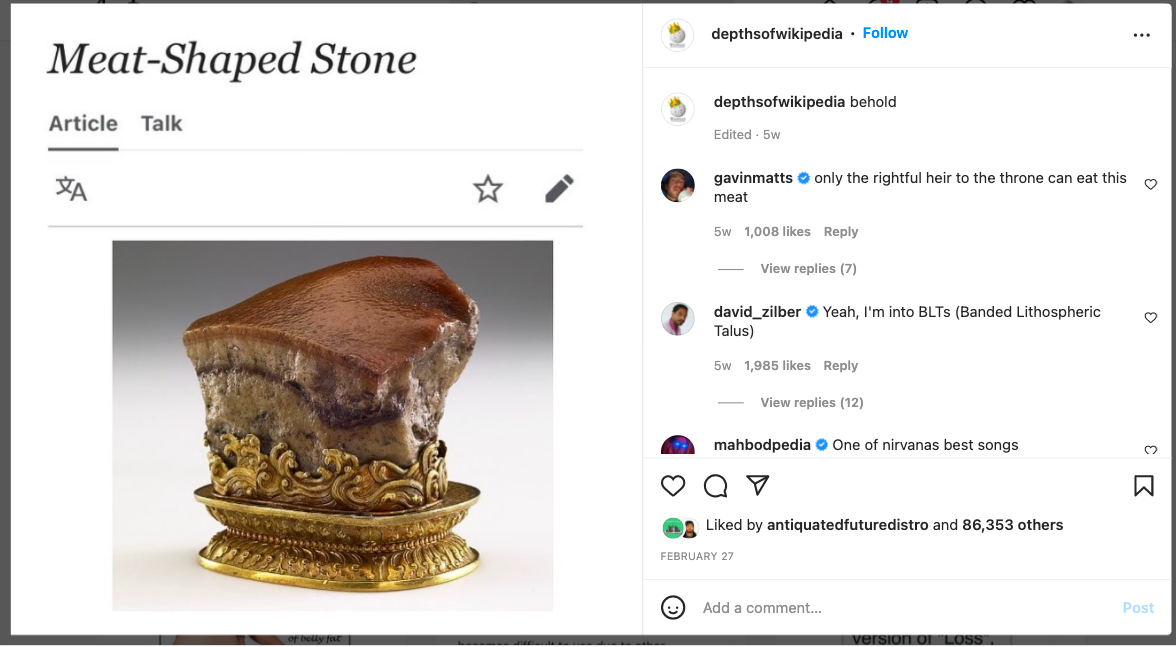Pity the United States of America: despite its economic, cultural, and military dominance of so much of the world, it struggles to build cities that measure up with the capitals of Europe and Asia. The likes of New York, Los Angeles, and Chicago offer abundant urban life to enjoy, but also equally abundant problems. Apart from the crime rates for which American cities have become fairly or unfairly notorious, there’s also the matter of urban design. Simply put, they don’t feel as if they were built very well, which any American will feel after returning from a trip to Amsterdam or Tokyo — or after watching the videos on those cities by Danish Youtuber OBF.
In Amsterdam, OBF says, “commuters will use their bikes to get to and enter transit stations, where they simply park their bikes in these enormous bike-parking garages. Then they’ll travel on either a bus, tram, or train to their final destination, but most of the time, the fastest and most convenient option is simply taking the bike to the final destination.”
Near-impossible to imagine in the United States, this prevalence of cycling is a reality in not just the Dutch capital but also in other cities across the country, which boasts 32,000 kilometers of bike lanes in total. And those count as only one of the infrastructural glories covered in OBF’s video “Why the Netherlands Is Insanely Well Designed.”
Tokyo, too, has its fair share of cyclists. Whenever I’m over there, I take note of all the well-dressed moms biking their young children to school in the morning, who cut figures in the starkest possible contrast to their American equivalents. But what really underlies the Japanese capital’s distinctively intense urbanism, literally as well as figuratively, is its network of subway trains. OBF takes the precision-engineered efficiency and the impeccable maintenance of this system as his main subject in “Why Tokyo Is Insanely Well Designed.” But enough about good city design; what accounts for bad city design, especially in a rich country like the U.S.?
OMF has an answer in one word: parking. Philadelphia, for example, supplies its 1.6 million people with 2.2 million parking spaces. The consequent deformation of the city’s built environment, clearly visible in aerial footage, both symbolizes and perpetuates the hegemony of the automobile. That same condition once afflicted the European and Asian cities that have since designed their way out of it and then some. While “some people might think it’s nearly impossible to implement these methods into other countries,” says OBF, they “can be replicated any place in the world if the people and leadership are willing to collaborate and listen to one another, and invest in infrastructure that is people‑, environment‑, and future-centered.” As an American living in a non-American city, I hereby invite him to come have a ride on the Seoul Metro.
Related content:
Why Public Transit Sucks in the United States: Four Videos Tell the Story
Why Europe Has So Few Skyscrapers
Leonardo da Vinci Designs the Ideal City: See 3D Models of His Radical Design
The Utopian, Socialist Designs of Soviet Cities
Based in Seoul, Colin Marshall writes and broadcasts on cities, language, and culture. His projects include the Substack newsletter Books on Cities, the book The Stateless City: a Walk through 21st-Century Los Angeles and the video series The City in Cinema. Follow him on Twitter at @colinmarshall or on Facebook.










